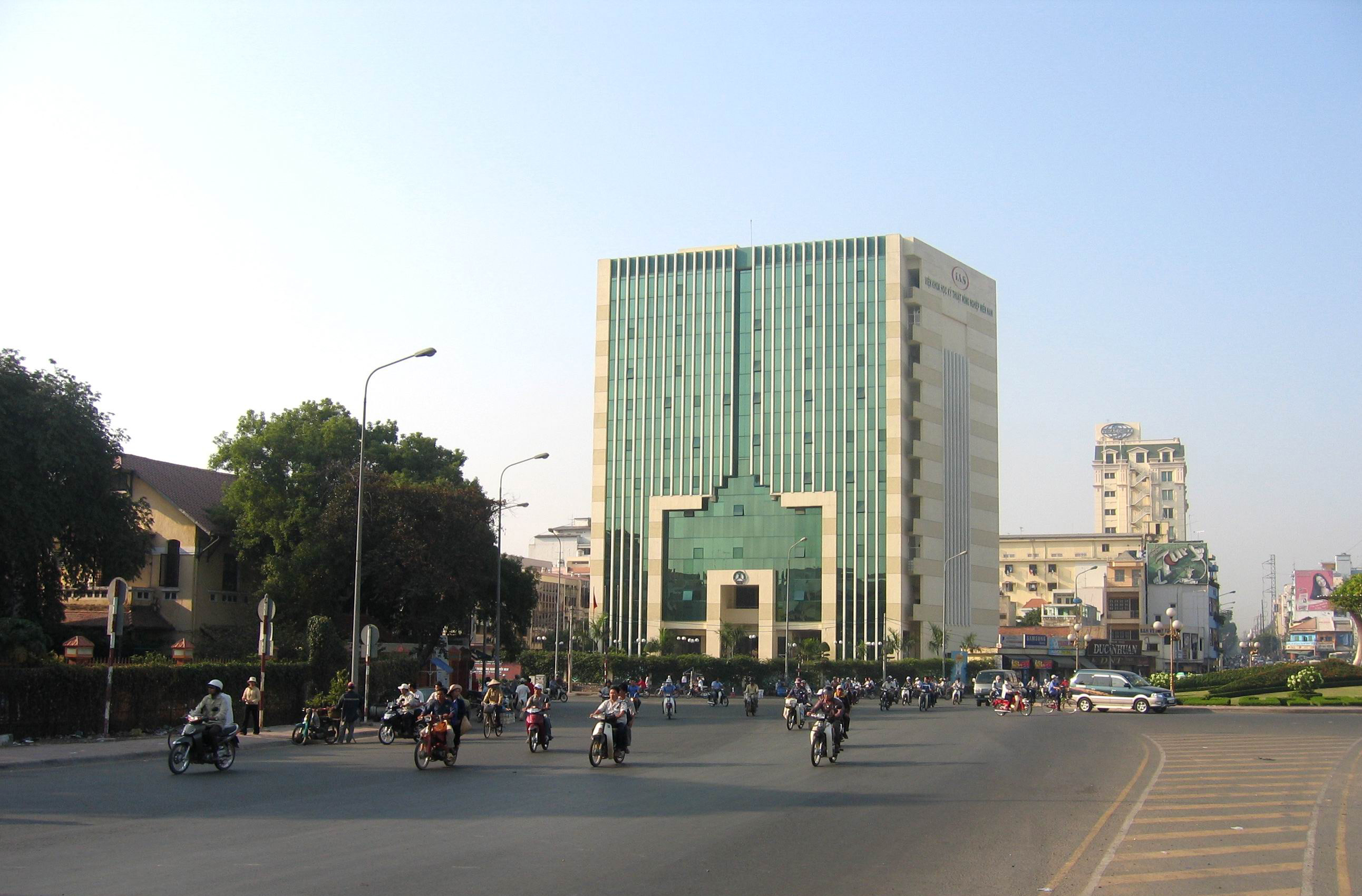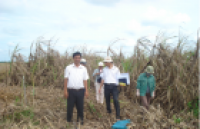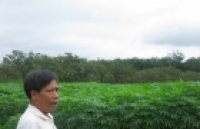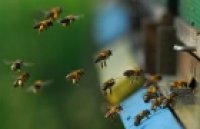| Enhancing food safety by adopting postharvest technologies: A case study of PICS bags in Tanzania |
|
Postharvest loss has been a significant threat to achieving food security and safety in most developing countries across sub-Saharan Africa (SSA) for many years. Most cereals, pulses, and oilseeds are prone to infestation by larger grain borer (LGB), weevils, bruchids, and aflatoxin contamination after harvest. Concurrently, smallholder farmers often use ineffective traditional storage structures and grain protectants—ash, soil, and plant oils as storage techniques.
|
|
CGIAR April 22, 2024
Postharvest loss has been a significant threat to achieving food security and safety in most developing countries across sub-Saharan Africa (SSA) for many years.
Most cereals, pulses, and oilseeds are prone to infestation by larger grain borer (LGB), weevils, bruchids, and aflatoxin contamination after harvest. Concurrently, smallholder farmers often use ineffective traditional storage structures and grain protectants—ash, soil, and plant oils as storage techniques. These factors, combined with environmental conditions and harmful chemicals such as pesticide residues, reduce food quality, making it unsafe for consumption. While improved technologies exist to reduce postharvest losses, the adoption rates remain low. One such technology is the Purdue Improved Crop Storage (PICS) bag. PICS bags prevent grain damage from insect infestation, reduce aflatoxin accumulation in stored grain, and avoid exposure to hazardous storage chemicals. However, knowledge of the information channels is needed to drive the widespread adoption of this technology.
|
|
|
|
[ Tin tức liên quan ]___________________________________________________
|


 Curently online :
Curently online :
 Total visitors :
Total visitors :


